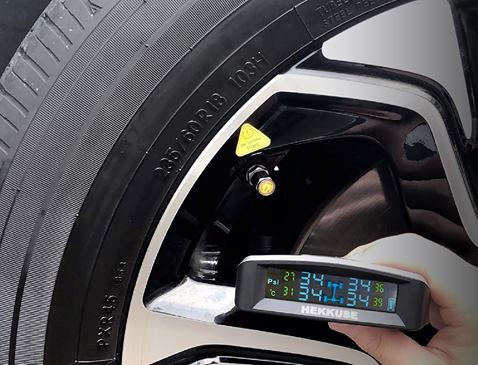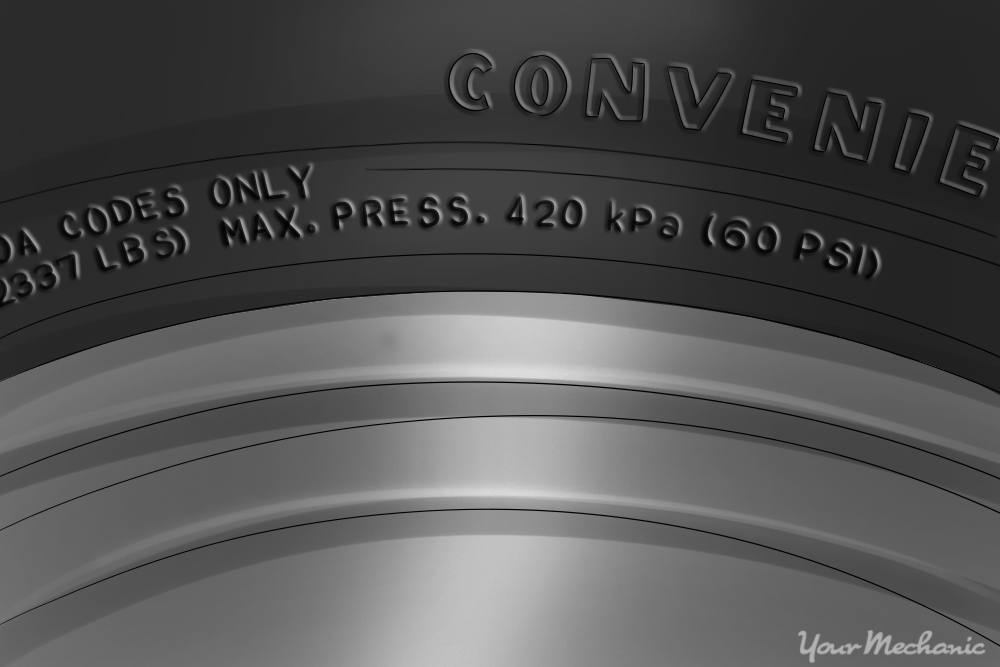All drivers know the costly expenses associated with replacing a vehicle’s tires. While no tire will last forever, it is possible to extend the life of a tire with a few simple steps. By adhering to a regular tire maintenance routine, you can save money and keep you, your passengers and other drivers safe on the roads.
STEP 1:

Install a Tire Pressure Monitoring System (TPMS) in your vehicle. TPMS will report real-time tire-pressure information to the driver of the vehicle, either via a gauge, a pictogram display, or a simple low-pressure warning light.

If you don’t know the proper tire pressure for your vehicle, consult with the vehicle owner’s manual or you may find the manufacturer’s optimum or recommended tire pressure for your car on a sticker in the door jam.

Additionally, all tires imprint recommended tire pressure directly onto the tire. The recommended pressure of the car manufacturer and the tire manufacturer may vary slightly, as promoting a lower pressure improves drive performance, while a higher pressure extends the life of the tire.
However, avoid over-inflating your tires, as this may cause extensive tread wear in the center of the tire.
STEP 2:

Roads are full of debris, some of which is sharp such as glass and nails. A nail in a tire may not cause an immediate flat tire, but could result in a slow leak of tire pressure or a future flat tire.
To avoid changing a tire roadside, repair any small cuts and holes you find on your tires, and replace tires with large holes or abrasions in them.
Step 3: Rotate your tires every 6,000 miles (9,700 km) driven.

You may find it most convenient to rotate your tires every other time you get an oil change. You can rotate your tires yourself or visit a mechanic to do the job.
If you choose to rotate your own tires, use a reliable car jack to avoid injuries, and trade wheels between axles, keeping them on the same side of the car.
Avoid switching tires on the same axle, or moving them in a criss-cross pattern. Keeping your tires rotated will promote even tread wear.
Step 4:

Unless you are a licensed or experienced mechanic, tire alignment is best left to the professionals.
Every vehicle is different, as are tires. A mechanic uses special equipment to balance and align tires, ensuring that your tires remain perpendicular to the ground and parallel to each other.
Signs of distorted wheel alignment include poor vehicle handling, consistent pulling of the vehicle to the right or left or crookedness of the steering wheel. Also, check your wheel alignment if you hit a major pothole or curb at a high rate of speed.





